Streetscapes [Dialogue] (2017)
Genre : Documentary
Runtime : 2H 12M
Director : Heinz Emigholz
Synopsis
A film director confides in his interlocutor. He talks about the working process, about creative blocks, about artistic crises and expressive forces. At some point, the idea takes hold that this conversation could be turned into a film. And this is the very film we’re watching the two of them in.
![2+2=22 [The Alphabet]](https://moviedb.kr/index.php/image/w500/5hxLZe2Wm0kN2x4oOEHEJoQtJij.jpg)
Worn-down pavements, broken paving stones. Trees that jut out of the concrete, casting shadows on to crumbling façades. The centre of Tbilisi in the summer of 2013. Glimpses of side and main streets, over railings and under balconies, of an architectural cacophony. The voiceover spoken by Natja Brunckhorst reflects on the nature of streets and public spaces.

Vicente (Gabino Rodríguez) is a young farmer in a rural village who scrapes by while taking care of his ill grandmother. Several of Vicente’s uncles intend to their ailing mother’s land without her knowledge. Vicente seeks help from the municipal president who, between shooting hoops on a desolate court, tells him that if he wants justice, he must head to the capital to meet with government officials. Although he hasn’t seen her since he was a child, Vicente sets off in search of his mother, who works as a maid in maze-like Mexico City. With the help of his mother’s employer, a sophisticated middle-aged woman, he finds the government offices where he presents his case. His situation isn’t easily resolved, especially since he does not have the deed to his grandmother’s plot of land, and Vicente finds the complexities of the legal system to be completely overwhelming.
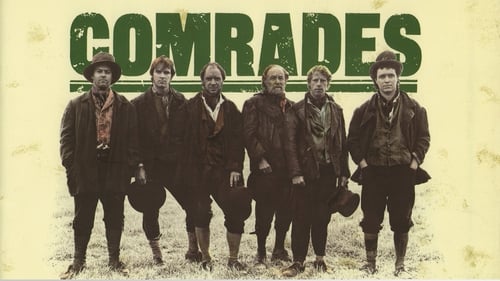
The story of "The Tolpuddle Martyrs". A group of 19th century English farm labourers who formed one of the first trade unions and started a campaign to receive fair wages.
![Bickels [Socialism]](/assets/images/no-backdrop.png)
The ‘Casa do Povo’ cultural centre in São Paulo, an icon of the secular Jewish workers’ movement: a crumbling theatre flanked by staircases, entryways and corridors. Construction noise drones away in the background, clinking crockery, a broom sweeping over tiled floors, an expressive façade of countless adjustable panes of glass covered by a patina. It’s October 2016 and a group of young people are preparing a preview of Bickels [Socialism]. The venue is to form a prologue to the completed film, which tours 22 buildings in Israel designed by Samuel Bickels, most of which for kibbutzim. Dining halls, children’s houses, agricultural buildings, bright structures inserted into the Mediterranean landscape with great ingenuity. An architecture with a sell-by date: That many are now empty or have been repurposed at best is linked to the decline of the socialist ideals they embody.

Through a series of interviews and enactments we learn the story of Nico and Amalio, two children who lost a friend while climbing a mountain. Documentary and fiction seamlessly merge creating a hybrid, poetic film.

Emigholz presents the buildings of the great American architect Louis Sullivan (1856–1924). “In everything that men do they leave an indelible imprint of their minds. If this suggestion be followed out, it will become surprisingly clear how each and every building reveals itself naked to the eye; how its every aspect, to the smallest detail, to the lightest move of the hand, reveals the workings of the mind of the man who made it, and who is responsible to us for it.”
![Dieste [Uruguay]](/assets/images/no-backdrop.png)
The final part of Heinz Emigholz’s "Streetscapes" series is again a triptych. A prologue examines three buildings from the 1930s designed by Julio Vilamajó in Montevideo which could have inspired the work of Eladio Dieste, the subject of the main part of the film. The industrial and functional buildings presented span the period from 1955 to 1994; their organic brick construction is astonishing and inspiring.

Famed Swiss architect and artist Robert Maillart was renowned for his concrete bridges; this documentary examines the elegant design of his engineering masterpieces, which, the film argues, embrace both functionality and aesthetics. Instead of following a traditional journalistic structure, director Heinz Emigholz's spellbinding film reads more like ethereal visual poetry, allowing the beauty of Maillart's work to speak for itself.
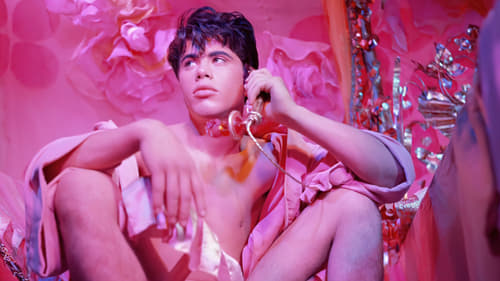
An erotic poem set in the fantasies of a young male prostitute.

Since 2015, the Landless Workers Movement has been occupying an indebted sugarcane factory's land to press for its redistribution through land reform. Grandma, P.C. and their encamped fellows struggle to conquer a small share of land where they can settle down and live a self-sustainable life, growing agro-ecological crops in a newly knit peasant community they draw in their dreams.

A West African pig farmer has a religious vision, wherein he is told that he'll be Magloire the First, a prophet of Christ. He then sets out to rid his local villagers of superstition and instead save them for Jesus.

This documentary offers a rare glimpse of the legendary Soviet filmmaker, Andrei Tarkosvky, at work. Tarkovsky made only seven films in his brief, but brilliant, career; Michal Leszczylowski's respectful movie chronicles him at work on his last film, The Sacrifice. Offering insight into Tarkovsky's working methods and transcendental aesthetics, the movie is a compelling account of the difficulties of film production. In the case of an uncompromising and visionary filmmaker like Tarkovsky, the practical problems of filmmaking are only magnified, as cast and crew struggle to realize the ambitious concepts in Tarkovsky's mind.

The travels in Italy of director Andrei Tarkovsky in preparation for the making of his film Nostalghia.
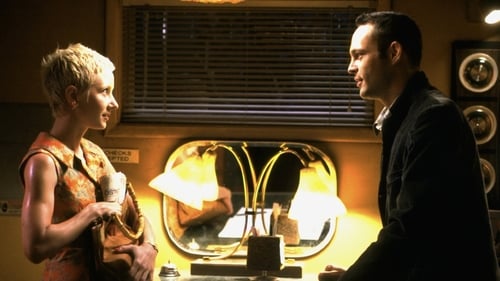
A young female embezzler arrives at the Bates Motel, which has terrible secrets of its own. Although this version is in color, features a different cast, and is set in 1998, it is closer to a shot-for-shot remake than most remakes, Gus Van Sant often copying Hitchcock's camera movements and editing, and Joseph Stefano's script is mostly carried over. Bernard Herrmann's musical score is reused as well, though with a new arrangement by Danny Elfman and recorded in stereo.

A straitlaced, square couple, seeking shelter from a storm, find themselves in the castle of a transsexual alien mad scientist intent on creating a buff bodybuilder.
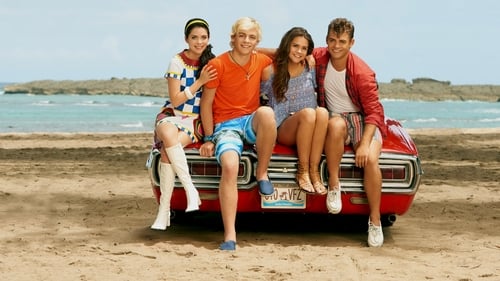
When characters from the movie musical “Wet Side Story” get stuck in the real world, teens Brady and Mack must find a way to return them home.

Life's a beach for surfers Brady and McKenzie – until a rogue wave magically transports them inside the classic '60s beach party flick, "Wet Side Story," where a full-blown rivalry between bikers and surfers threatens to erupt. There, amidst a sea of surfing, singing and dancing, Brady and Mack accidentally change the storyline, and the film’s dreamy hero and heroine fall for them instead of for each other!

Stranded along a sublime river fjord in northern Portugal, an ornithologist is subjected to a series of brutal and erotic Stations-of-the-Cross-style tests.

A team of trained secret agent animals, guinea pigs Darwin, Hurley, Juarez, Blaster, mole Speckles, and fly Mooch takes on a mission for the US government to stop evil Leonard Saber, who plans to destroy the world with household appliances. But the government shuts them down and they are sentenced to a pet shop. Can they escape to defeat the villain and save the world?

Following an introduction by Bing Crosby, the Cinerama screen widens for scenes of landscapes, cities, peoples, and entertainments of the Soviet Union. Highlights include the historic buildings and churches of Moscow, as the Kremlin; its subway and streets, a spring carnival, the seaside resorts on the Black Sea, a trip down the Voga River, skiers, a troika racing along a snow-covered road, a helicopter view of the North Pole, an Antarctic whale hunt, the capture of a wild boar in the Moyun-Kum of Central Asia, a race by reindeer-drawn sleds, divers in the Sea of Okhotsk, battling an octopus, the capture of antelopes, rafting logs down the Tisza River, and the development of new towns in Siberia. Other scenes include a visit to the Moscow Circus, where the renowned clown Oleg Popov performs, the dancing of the Moiseyev and Piatnitsky companies, and excerpts from the repertoire of the Bolshoi Theater Ballet.


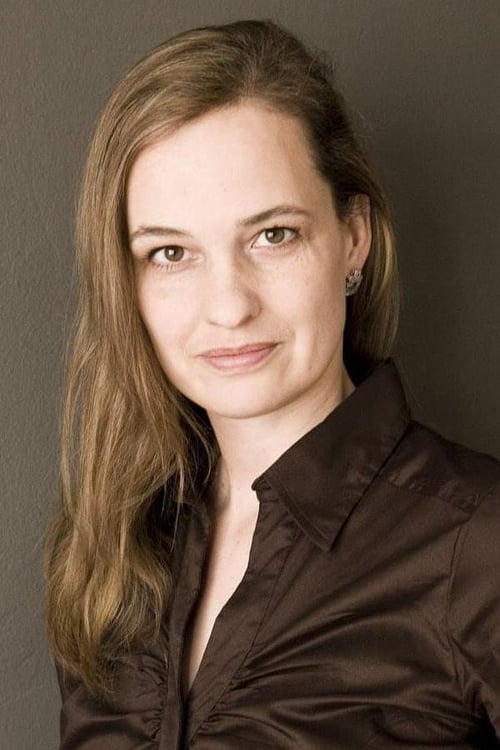
![2+2=22 [The Alphabet]](https://moviedb.kr/index.php/image/w500/5hxLZe2Wm0kN2x4oOEHEJoQtJij.jpg)











